Understanding Diamond Certification
and
Diamond Grade Reports
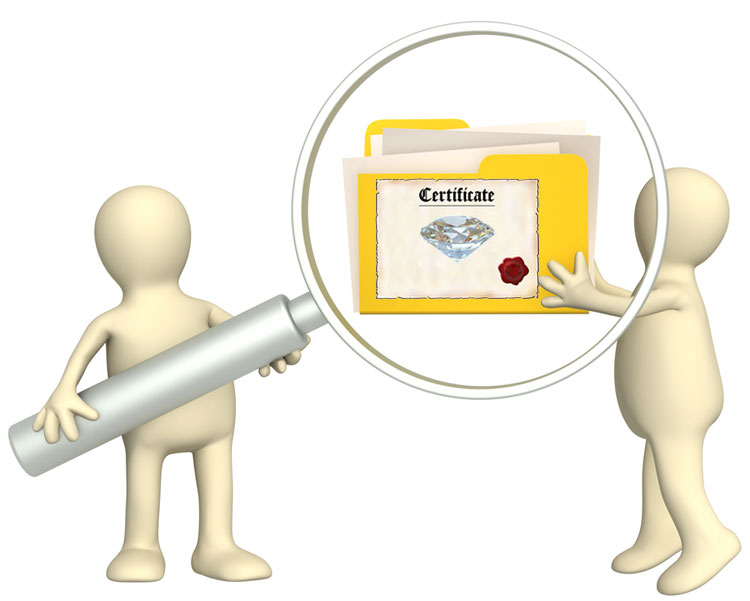
A diamond certification grading report provides buyers and sellers
with the information they need to determine the quality of a diamond.
If
you are buying a diamond, here you'll find what to look for in an
authentic grading report, a list of the most reputable gemological
laboratories which provide these certifications and extra essential info
that will help to ensure your diamond purchase and investment is
protected.
And if you have any questions at all about certificates provided for diamonds, just use the comment box at the end of the page to send in your questions!
Fun Fast Facts About
Diamond Certification!
The GIA introduced the concept of diamond grades and certification in the 1950s.
Fancy color diamonds receive a separate color grade report based on the hue and saturation of their color.
Diamonds mounted in rings cannot be graded unless they are removed from the mounting.
A diamond certificate does not contain any info on the monetary value of a diamond.
Reputable Diamond Certification Laboratories
While
there are hundreds of laboratories which offer certificates for
diamonds, there are four main laboratories which are recognized -
throughout the world - as leaders in the field of diamond and gem
certification.
1. The Gemological Institute of America (GIA)
The
GIA is the official founder of the science of diamond grading, and a
GIA certificate is without a doubt considered to be the best. GIA
diamond grading processes are conducted with the strictest standards in
the business using highly educated professionals and advanced
technologies.
2. The American Gem Society (AGS)
The
AGS is also a leader in the field of diamond and gemstone grading
reports - in addition to providing AGS diamond grading reports on loose
cut diamonds the AGS also conducts ongoing educational programs for
gemological and appraisal certifications.
3. The International Gemological Institute (IGI)
The
IGI is renowned throughout the world for its high proficiency in
diamond analysis and educational programs. For an international loose
diamond purchase, an IGI certification provides a concrete level of
assurance for premium diamond quality.
4. The European Gemological Laboratory (EGL)
Founded
in Belgium, the EGL is credited with providing comprehensive
international diamond certifications and for its creation of the SI3
clarity grade. This new clarity grade is awarded to diamonds that have
inclusions beyond the SI2 grade which still cannot be readily seen by
the naked eye (i.e. eye clean clarity diamonds). However, it is
important to note that the GIA is known for using slightly higher
exacting standards for grading than the EGL.
To
protect your investment in a loose diamond or a first rate diamond
ring, selecting a diamond which has been certified by one of these four
diamond grading laboratories is highly recommended.
Information Included On A Diamond Certificate
While the exact information included on a diamond certificate varies just a bit depending on the laboratory which has certified the diamond, most certificates include:
- Exact information about the diamond's size, carat weight and shape including the number of facets on the diamond, the thickness of the girdle, the size of the culet facet (if present) and the proportions and symmetry of the different parts of the diamond.
- A detailed 3-D map of the diamond which can serve as a unique identification fingerprint mapping the exact locations of inclusions and blemishes may also be included.
- An evaluation of the polish and finish of the diamond.
- A grade report containing an assessment of the diamond's clarity and color.
The GIA diamond grading reports provide a cut grade on brilliant round diamonds only - the GIA will also issue a separate color grade report for loose colored diamonds.
The AGS diamond grading reports provide a cut grade on brilliant round diamonds and on these fancy diamond cuts only: princess, emerald, oval and cushion.
Fancy shaped diamonds - for example, heart, pear, radiant or marquise diamonds - can receive an independent cut grade evaluation through a gemologist or jeweler. This is one reason why it is essential to purchase fancy shaped diamonds through reputable and highly experienced jewelers and retailers who can attest to the quality of the diamond's cut.
- So for example, if you have purchased a GIA certified fancy radiant diamond, the GIA certification report will not contain a cut grade for the diamond. Instead, a separate cut grade is issued or provided the diamond's seller.
The EGL provides a grade on a diamond's polish and symmetry - which also evaluates the quality of a diamond's cut.
The IGI provides a grade on the finish of a diamond - which includes an assessment of the diamond's cut and polish.
What you will not find on diamond grade report certificates is any
reference to diamond values. Any reference to the value of a diamond on a
certificate is a huge red flag - a diamond appraisal and a diamond
certificate should always be
two separate documents.
How to Interpret the Information on a Diamond Certificate?
Take a look at the grading system
offered by the diamond certification company so you will know what each
grade assigned to your potential diamond means. You can find diamond cut
clarity and color charts for the AGS and GIA grading systems - and see more about diamond grading including grading parameters to stick
with for a premium diamond - on EWR's diamond clarity chart and grades page.
What About Diamond Certification for Mounted Diamonds?
Unfortunately, diamonds which are already mounted in diamond wedding rings or engagement rings cannot be certified without removing the diamonds from their mount or setting. This is because in order for a diamond to be thoroughly examined and graded it has to be viewed from a number of angles and under magnification - which is impossible if the diamond is set.
This is why it is so important to make sure a diamond in a ring is certified before you buy.
However, if you are purchasing a used ring that has not been certified - especially if the ring is a vintage, antique or estate ring - an appraisal by an independent third party certified gemologist is your second best option. In this case, an appraisal provided by a certified American Gem Society appraiser is highly recommended. This is also a great option if you are selling a diamond - or diamond ring - that has not previously been certified.
Again though, keep in mind that a certification or certificate of authentication on an antique, vintage or estate ring will not state of value of the ring. Only the estimated properties of the diamonds and gemstones included in the ring.
Diamond Certification for Synthetic Diamonds
Synthetic
diamonds, which have the same exact qualities as natural diamonds,
should also come with a diamond certificate. Because of variations in
diamonds which can be produced in the laboratory - and the final cutting
process - a certificate, which provides an unbiased
report, is your guarantee on the quality of the synthetic diamond you are purchasing. As with natural diamonds, it is best to choose synthetic diamonds which have been certified by the GIA, AGS, IGI or EGL.
Diamond simulants however - like cubic zirconia or moissanite - are not certified.
A Diamond Grade Certificate Report is A Must Have
Remember,
a diamond grade report - by a reputable laboratory - is your only
assurance as to the authenticity and validity of a diamond's quality.
Diamonds which are not certified can also have a lower resale value and
may be difficult to identify if they are lost or stolen.
Questions or Comments?
Do you have comments or questions about diamond certifications?
Send in your questions or comments about diamond certification here - I will post answers to your questions as soon as possible!
Return from Diamond Certification to Diamond Wedding Rings
or
Recommended & Trusted Jewelers
Our Advertisement Policy
Adin Fine Antique Jewelry
Use Code=Everything-Wedding-Rings
For a 5% Discount
Top Diamond Wedding Ring Picks!
'Fortuna' Emerald-Cut Diamond Platinum Wedding Ring Set by Brilliant Earth
French Pave Diamond Platinum Engagement Ring by Blue Nile (matching band available)
'Avalon' Men's Diamond Platinum Wedding
6mm Band by Brilliant Earth
'Reina' Radiant-Cut Halo Diamond Wedding Ring Set in 18k Yellow Gold by Brilliant Earth
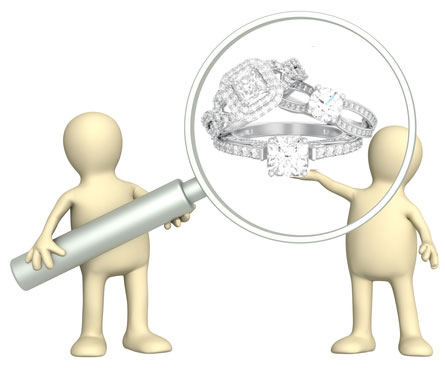
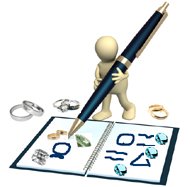
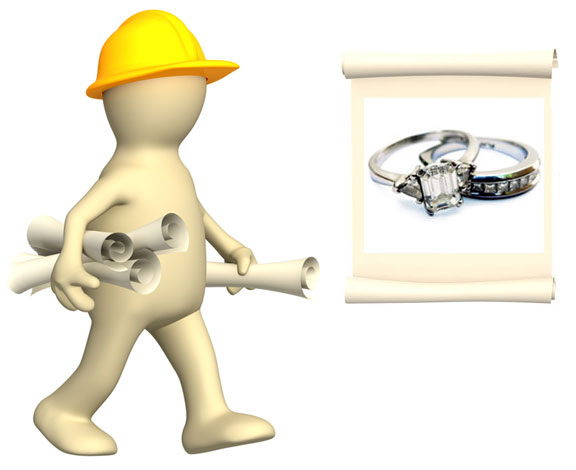
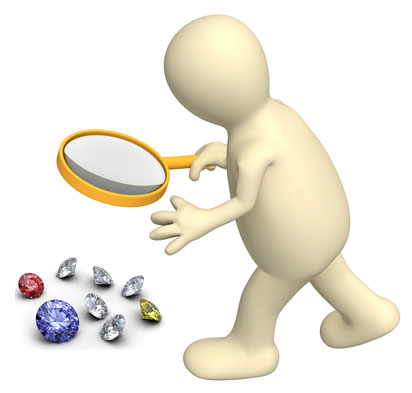

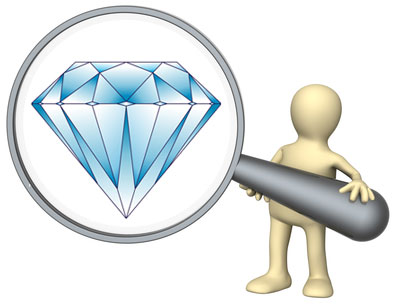
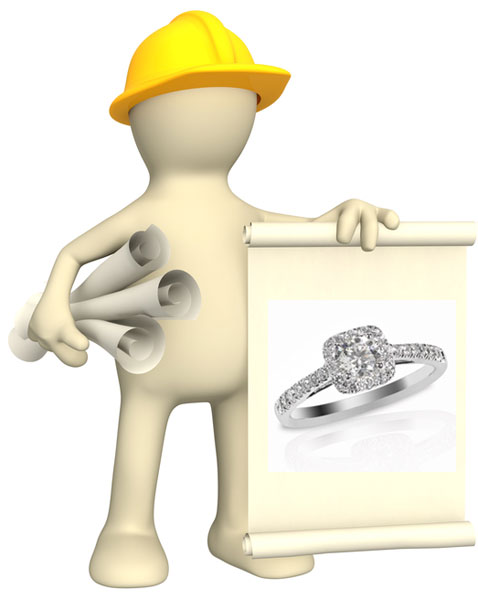
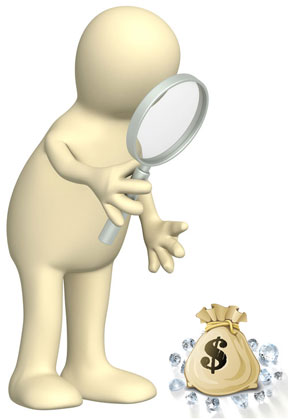

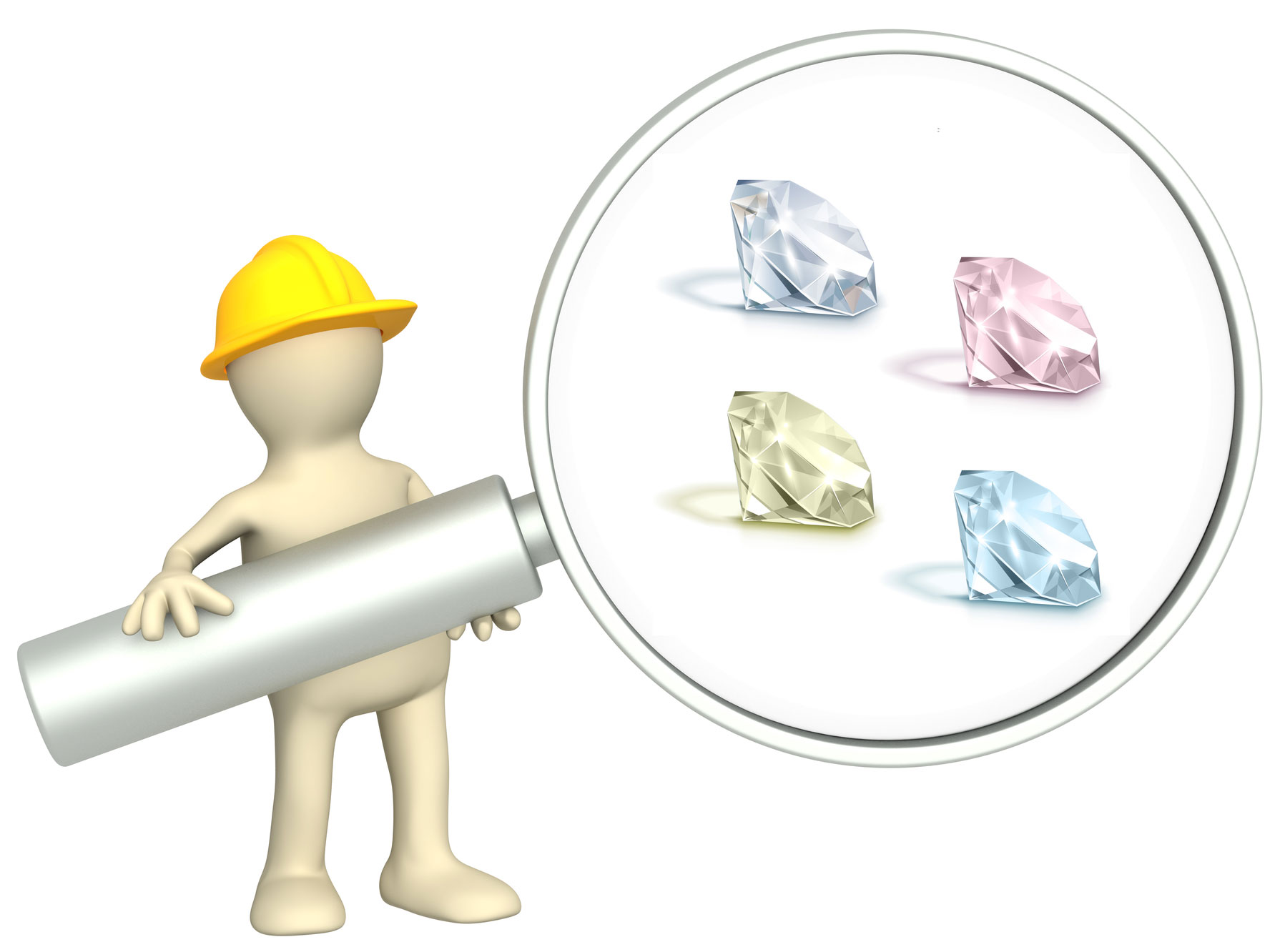
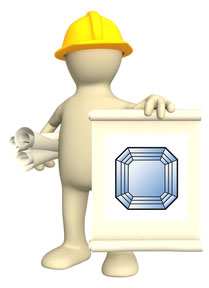
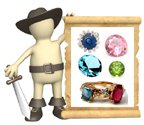
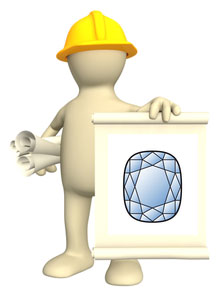


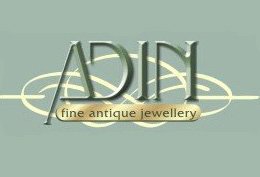
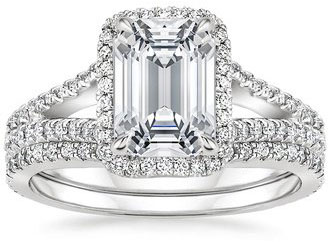
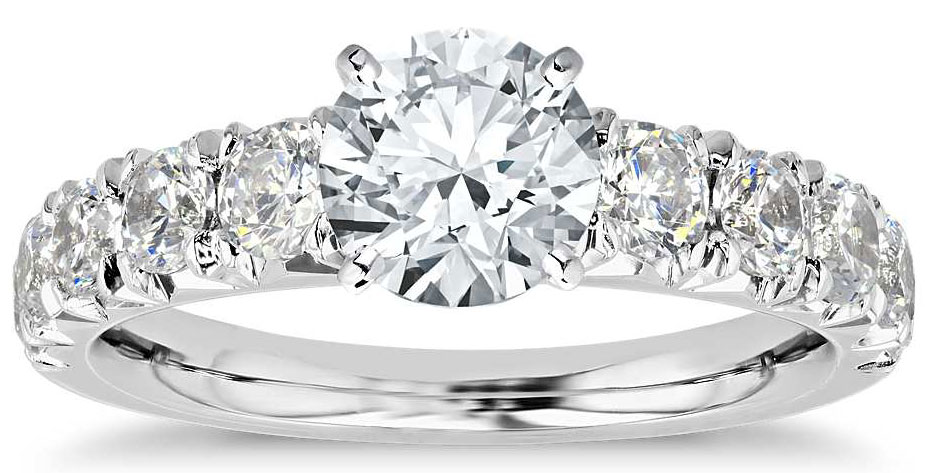
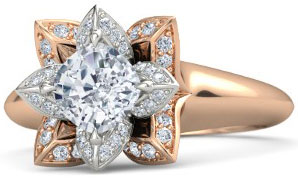
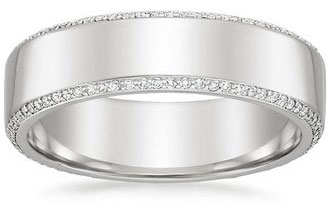
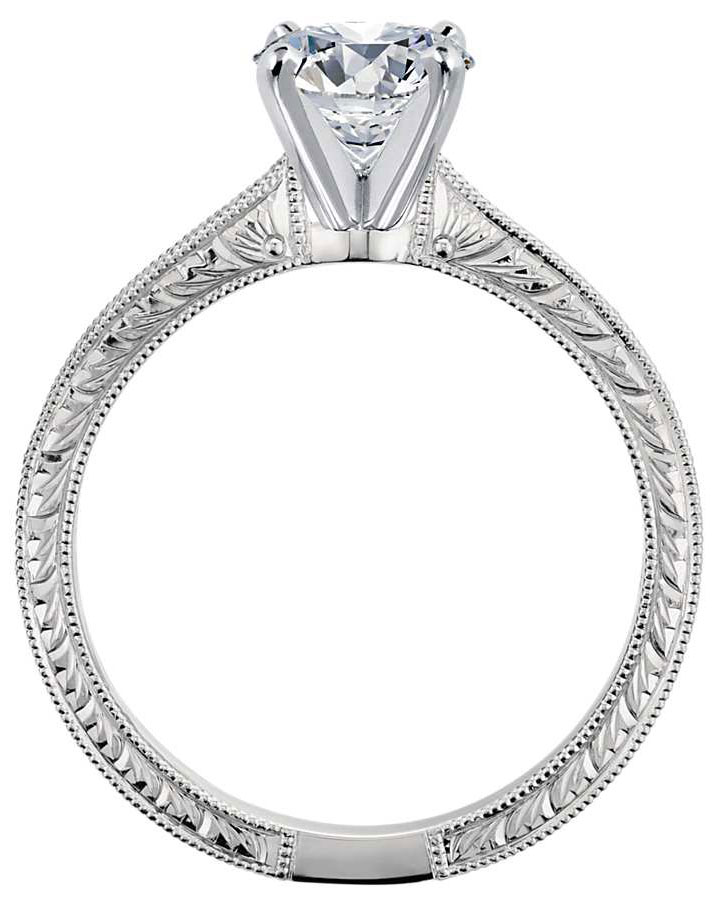
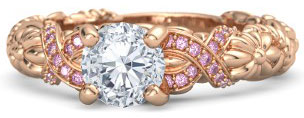
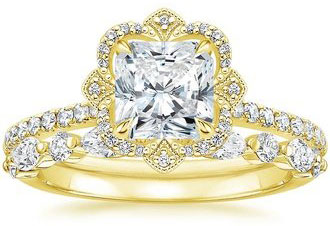
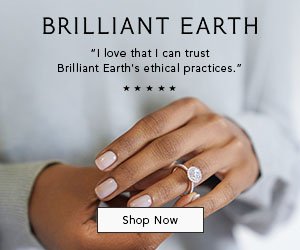
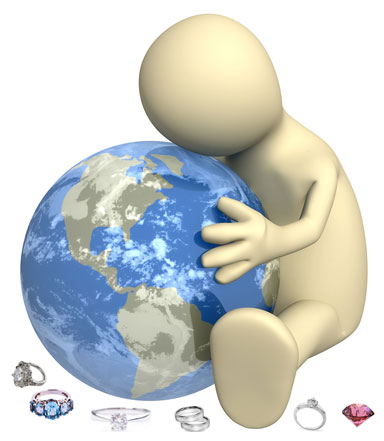

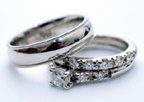

New! Comments
Share your comments below!